We Finally Know What Job This 3,000-Year-Old Skeleton Had
And it’s all thanks to her peculiarly damaged bones.
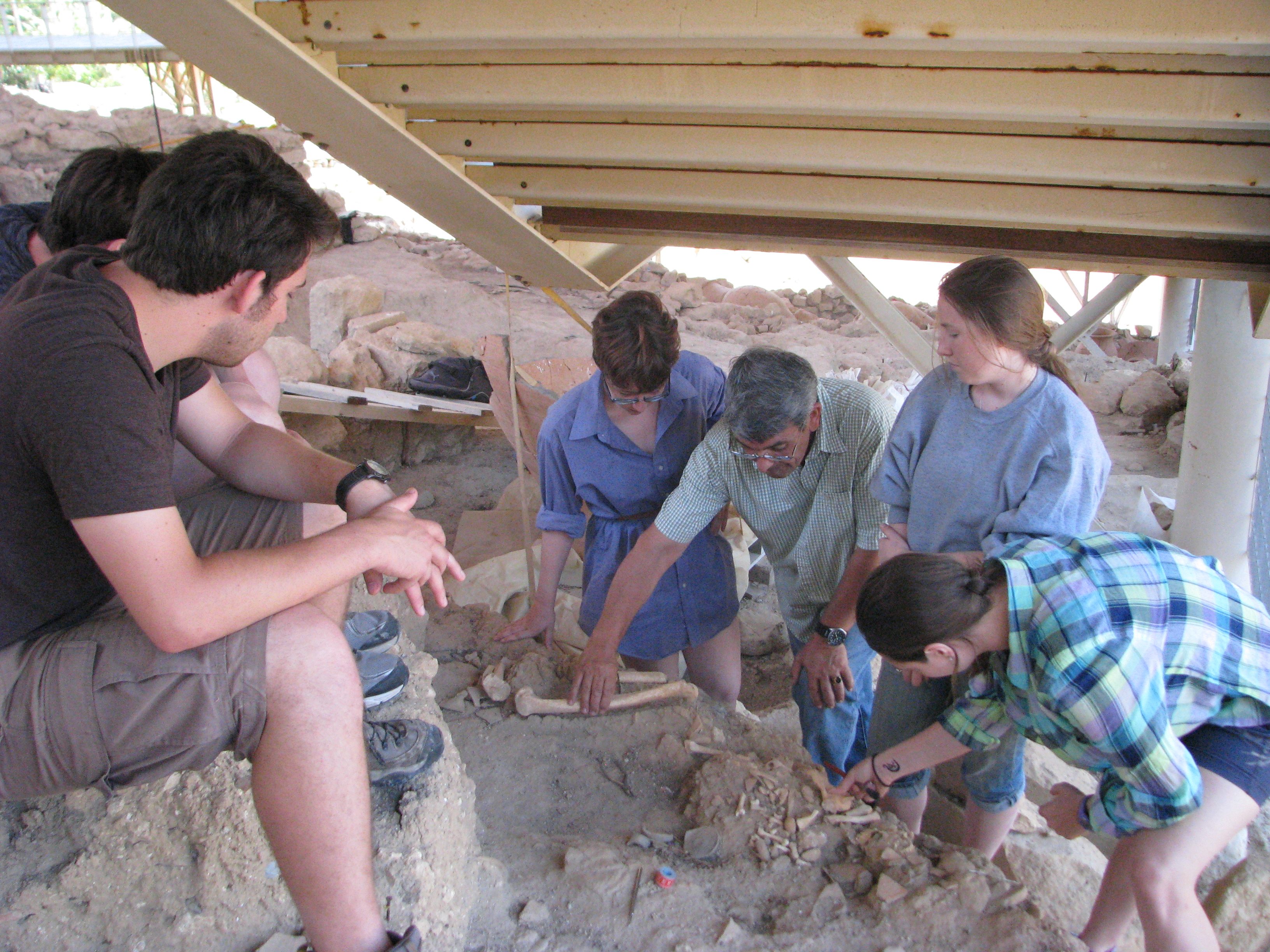
Long after we’re dead, our bodies hold onto information about our lives. This was the case, at least, for one woman in Eleutherna, an ancient city-state in Crete. Three thousand years ago, she almost certainly spent her days working as a ceramicist, molding large pots, vases, and other vessels. Experts figured this out not because of what she was buried with, but because of how she used her body.
It’s tempting to think of one’s skeleton as solid and inert, but “bone is a live organ,” explains anthroarchaeologist Anagnostis Agelarakis, who led the research into this skeleton along with site excavator Nikolaos Stampolidis. It responds to the stresses of the day-to-day. Millennia later, archaeologists can use the signs left by this wear and tear to work backwards and “reconstruct … what actions were done most often in life,” he says. In recent years, this technique has been used to figure out how gladiators fought in ancient Ephesus, and to identify elite archers who once traveled on King Henry VIII’s warship, the Mary Rose.
This particular Eleuthernan died when she was about 45 years old. Compared to her peers, she developed a number of “unique skeletal manifestations” from “repetitive, exacting, and physically demanding … activities,” the researchers write. She had worked the upper right side of her body so hard, for example, that the cartilage had worn away in 16 different places, and the nearby bone had become dense and smooth. Her right knee and hip were in the same state.

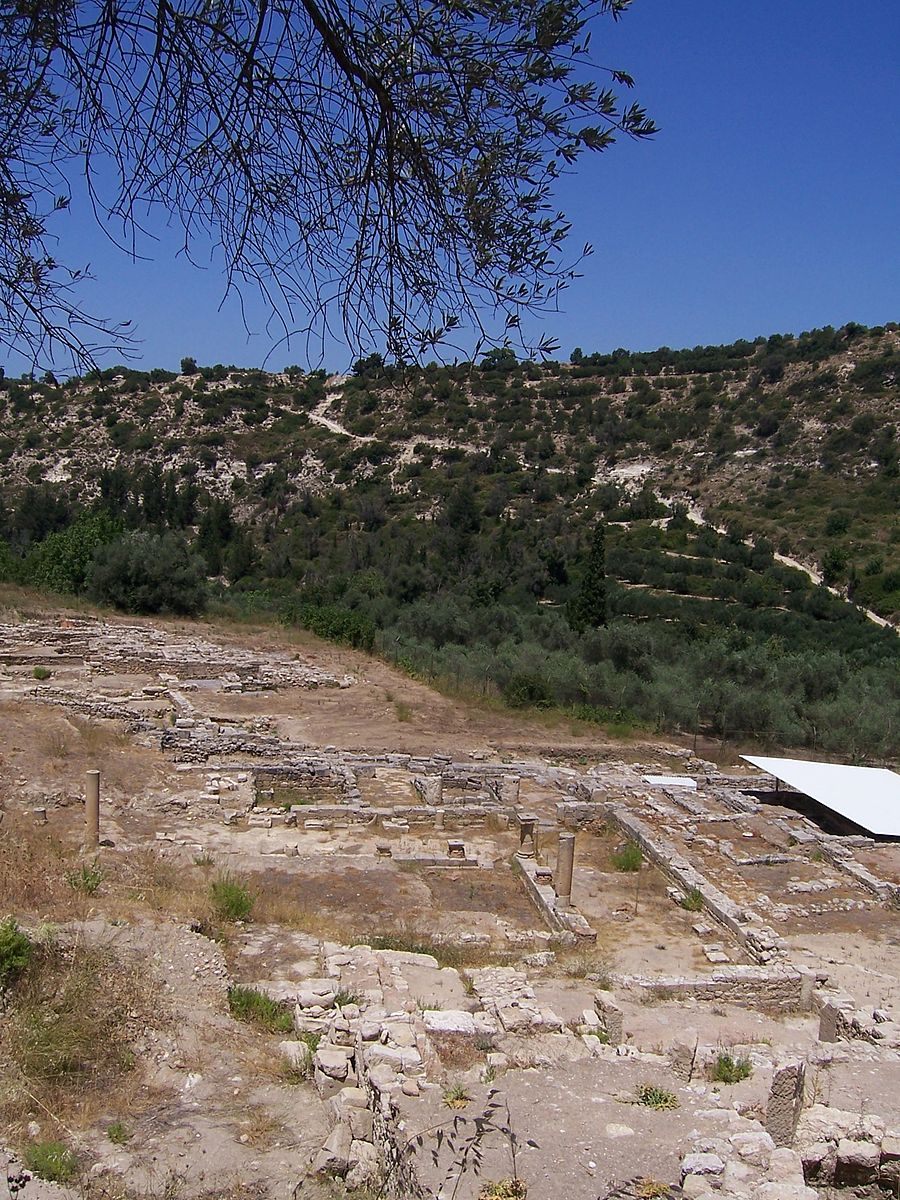
To figure out what she might have been doing, the researchers worked with digital and physical models. But they also decided to ask around. Over the course of seven summers, Agelarakis says, the team observed and spoke to people in the area who were still performing the types of tasks that characterized life in Greece 3,000 years ago: spinning wool, for example, or planting and harvesting crops.
The breakthrough came when the team met a female master ceramicist, who lived and worked about 10 minutes from the Eleutherna site. As she took them through the process of making large vases, they realized that her descriptions of what muscles she used, and what was hurting, matched up with what the skeleton was telling them. The team also tried making vessels themselves, observing their own physical responses.
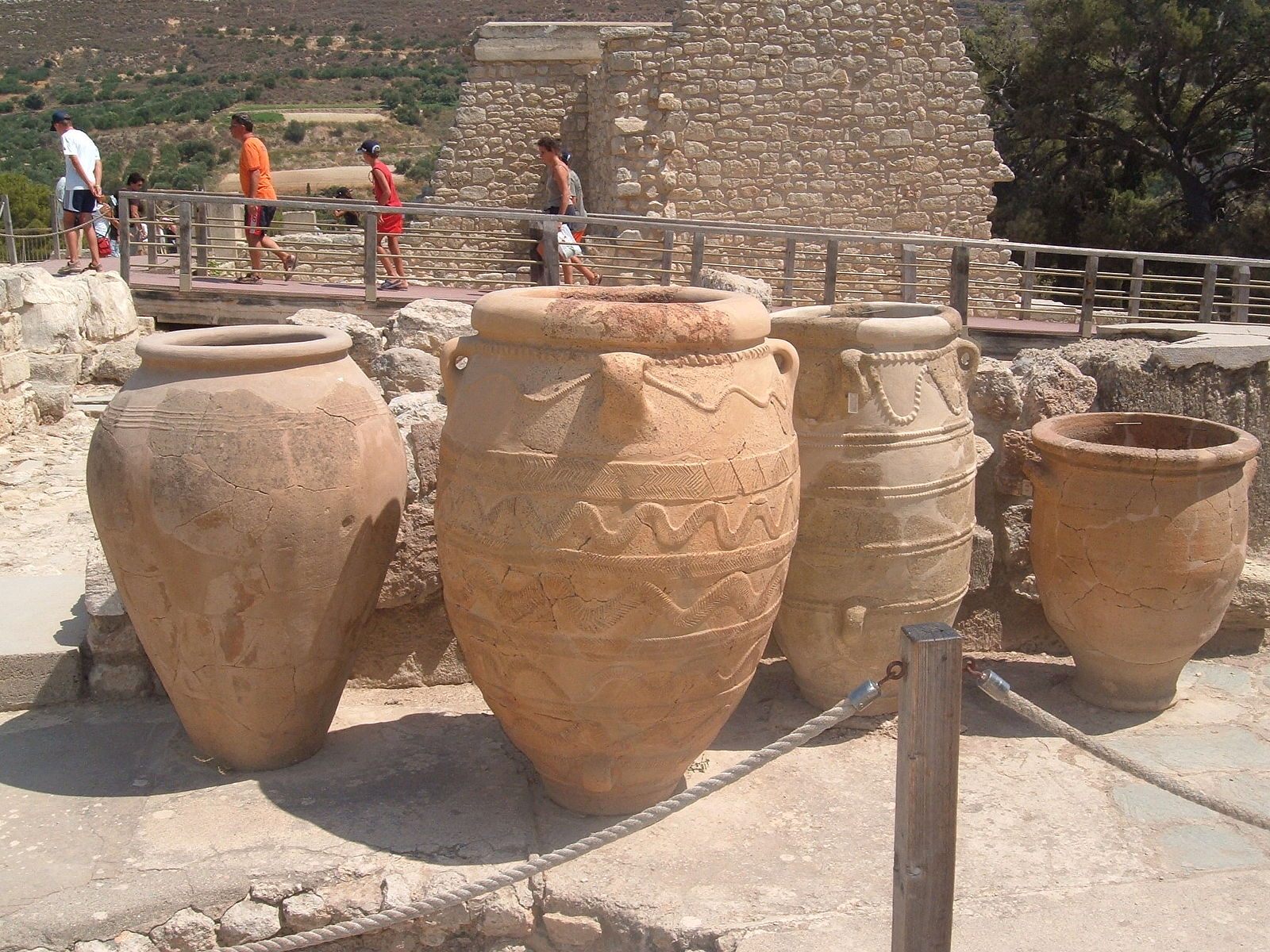
“The more we were looking into things, the more it was going toward the fact that it was not loomwork, it was not spinning the wool, it was not harvesting cereals or almonds or olives or anything like that,” says Agelarakis. “It was not functions in the kitchen or in the rearing of children. All the effects of pain and swelling in the joints, and the muscles that were in use, were pointing toward [her] being a ceramicist”—and not a hobbyist, either, but someone that dedicated much of her time to her craft.
Agelarakis, who says we don’t know much about gendered division of labor in this particular period, describes this find as “a tiny bit in a bigger puzzle.” “It signifies that women… held craft specialization roles in antiquity, which I think is very important,” he says. As this person spent her life shaping pots, she also shaped herself. Three thousand years later, she has helped shape our understanding of her culture, too.




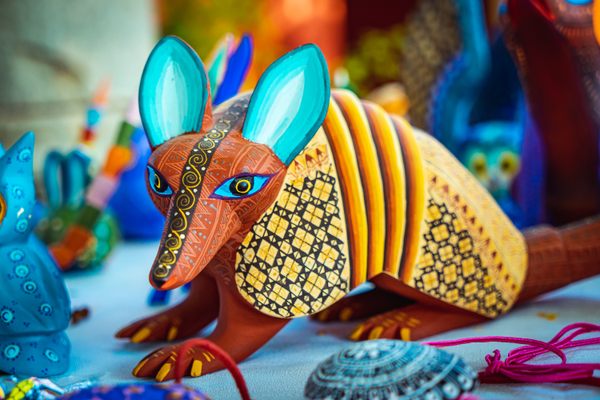
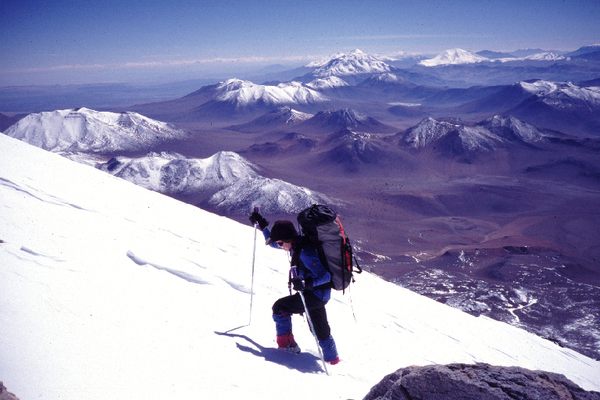









Follow us on Twitter to get the latest on the world's hidden wonders.
Like us on Facebook to get the latest on the world's hidden wonders.
Follow us on Twitter Like us on Facebook